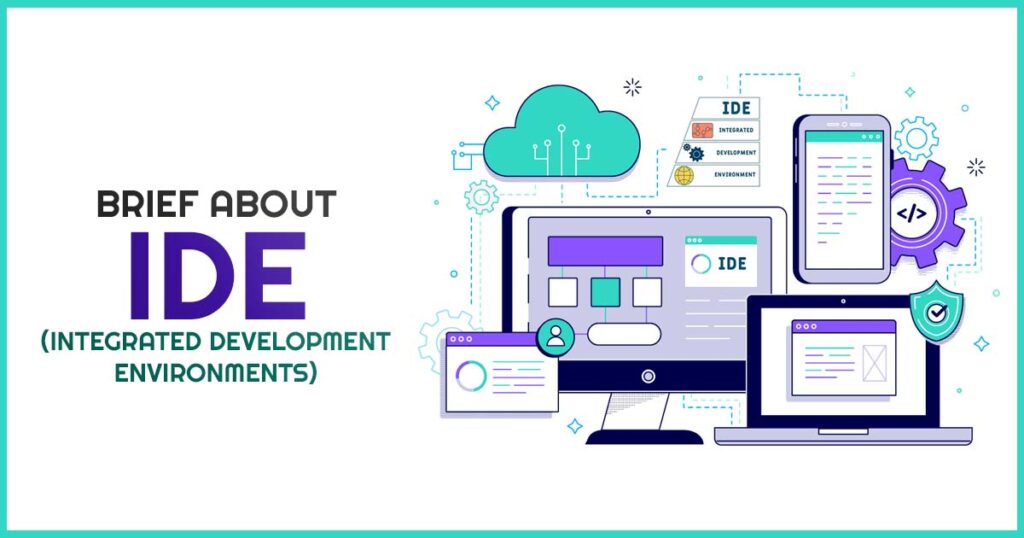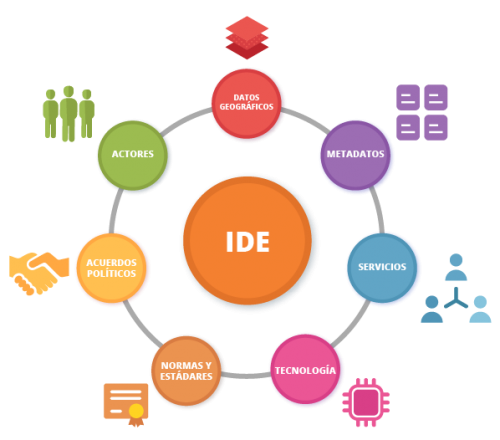Exploring Lazarus IDE: A Comprehensive Overview
Lazarus Integrated Development Environment (IDE) stands as a beacon of innovation and accessibility in the realm of software development. As an open-source alternative to commercial IDEs like Delphi, Lazarus has garnered a dedicated community of developers worldwide. In this article, we embark on a journey to explore Lazarus IDE, uncovering its features, capabilities, and the advantages it offers to developers of all skill levels.
Introduction to Lazarus IDE

Lazarus IDE, originally conceived by Cliff Baeseman, originated from the Free Pascal Compiler project. It provides a robust development environment for Pascal and Object Pascal programming languages. One of its primary goals is to offer a user-friendly and cross-platform IDE that enables developers to build applications seamlessly across various operating systems.
Read also about: Getting Started with Lazarus IDE: A Beginner’s Guide
Features and Functionality
- Cross-Platform Compatibility: Lazarus IDE supports multiple platforms, including Windows, macOS, and Linux, allowing developers to write code once and deploy it across different operating systems effortlessly.
- Visual GUI Designer: Lazarus comes equipped with a sophisticated visual GUI designer, empowering developers to create intuitive and visually appealing user interfaces using drag-and-drop functionality.
- Component-Based Development: With Lazarus’s component-based development approach, developers can leverage a vast library of components and controls to accelerate application development and enhance functionality.
- Integrated Debugger: Lazarus IDE features a powerful integrated debugger that simplifies the process of identifying and resolving software bugs and errors, ensuring smoother development cycles.
- Extensible Architecture: Lazarus boasts an extensible architecture, allowing developers to customize and extend the IDE’s functionality through plugins, packages, and third-party integrations.
- Database Connectivity: Lazarus provides seamless integration with various databases, enabling developers to build database-driven applications with ease.

Advantages of Lazarus IDE
- Cost-Effectiveness: Being open-source, Lazarus IDE eliminates the cost barrier associated with commercial IDEs, making it an attractive option for developers and organizations with budget constraints.
- Community Support: Lazarus has a vibrant and active community of developers who contribute to its ongoing development, provide support, and share knowledge through forums, wikis, and online resources.
- Ease of Learning: With its intuitive interface and extensive documentation, Lazarus IDE is relatively easy to learn, making it accessible to developers transitioning from other programming languages or IDEs.
- Stability and Reliability: Lazarus IDE, backed by a robust development team and community, offers stability and reliability, ensuring a consistent and dependable development experience.
Conclusion
Lazarus IDE stands as a testament to the power of open-source collaboration and innovation in the field of software development. With its rich feature set, cross-platform compatibility, and vibrant community, Lazarus empowers developers to unleash their creativity and build high-quality applications efficiently. Whether you’re a seasoned developer or just starting your journey, Lazarus IDE provides a compelling platform to bring your ideas to life.







